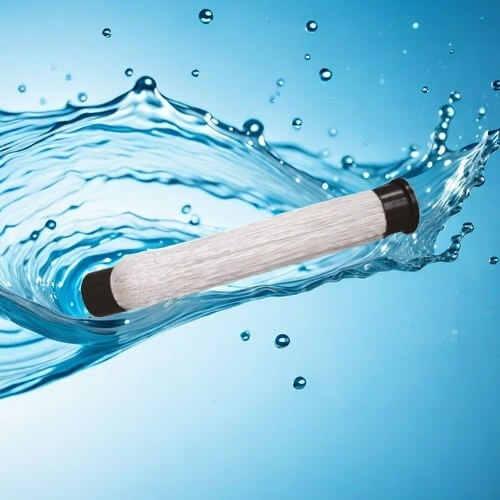Electroplating wastewater treatment scheme
Electroplating wastewater treatment is an indispensable part of modern industry, especially in the electroplating industry, where wastewater contains a large amount of heavy metals and harmful chemicals. An effective wastewater treatment scheme can not only protect the environment, but also achieve resource recycling. This article will explore several common electroplating wastewater treatment schemes to help companies choose appropriate treatment technologies.
Characteristics of electroplating wastewater
Electroplating wastewater mainly comes from wastewater generated during electroplating solution, cleaning solution and rinsing, and usually contains the following components:
Heavy metal ions: such as chromium, nickel, copper, zinc, etc.
Acidic and alkaline substances: acidic or alkaline cleaning agents used in the electroplating process.
Organic compounds: such as surfactants and other chemical additives.
These components pose a threat to the environment and human health, so they need to be removed through effective treatment methods.
Common electroplating wastewater treatment schemes
1. Chemical precipitation method
Chemical precipitation is one of the most commonly used methods for treating electroplating wastewater. The basic principle is to add chemical agents (such as sodium hydroxide or lime) to the wastewater to convert dissolved heavy metal ions into water-insoluble hydroxide precipitates. After precipitation, these solid substances can be removed by filtration or sedimentation, thereby reducing the heavy metal concentration in the wastewater

2. Ion exchange method
The ion exchange method is suitable for medium and low concentration heavy metal wastewater. This method uses ion exchange resin to exchange with heavy metal ions in wastewater to remove pollutants. This method has good selectivity and regeneration ability, can effectively reduce the heavy metal content in the effluent, and will not cause secondary pollution
3. Membrane separation technology
Membrane separation technology has received more and more attention in the treatment of electroplating wastewater. Membrane technologies such as reverse osmosis, nanofiltration and ultrafiltration can efficiently remove suspended matter, colloids and soluble organic matter in wastewater. Through membrane separation, not only can the effluent quality be improved, but also the wastewater can be reused and the consumption of fresh water sources can be reduced
4. Biological treatment method
The biological treatment method uses microorganisms to degrade organic matter in sewage, which is suitable for electroplating wastewater containing a large amount of organic pollutants. This method is usually combined with other physical or chemical treatment methods to improve the overall treatment effect. Although biological methods have limited effects in removing heavy metals, they perform well in reducing COD (chemical oxygen demand)
5. Comprehensive treatment process
For electroplating wastewater of different types and concentrations, comprehensive treatment processes can provide more flexible and efficient solutions. For example, the combination of chemical precipitation and membrane separation technology can achieve high-quality effluent reuse while removing heavy metals. This method can not only meet environmental protection standards, but also reduce production costs and improve resource utilization
Conclusion
With increasingly stringent environmental regulations, electroplating companies need to choose appropriate wastewater treatment solutions to ensure compliance with emission standards and achieve sustainable development. By adopting a variety of treatment methods such as chemical precipitation, ion exchange, and membrane separation technology, companies can not only effectively remove pollutants in electroplating wastewater, but also achieve resource recovery and reuse. Choosing a suitable combination of technologies will bring both economic benefits and environmental protection benefits to companies.
